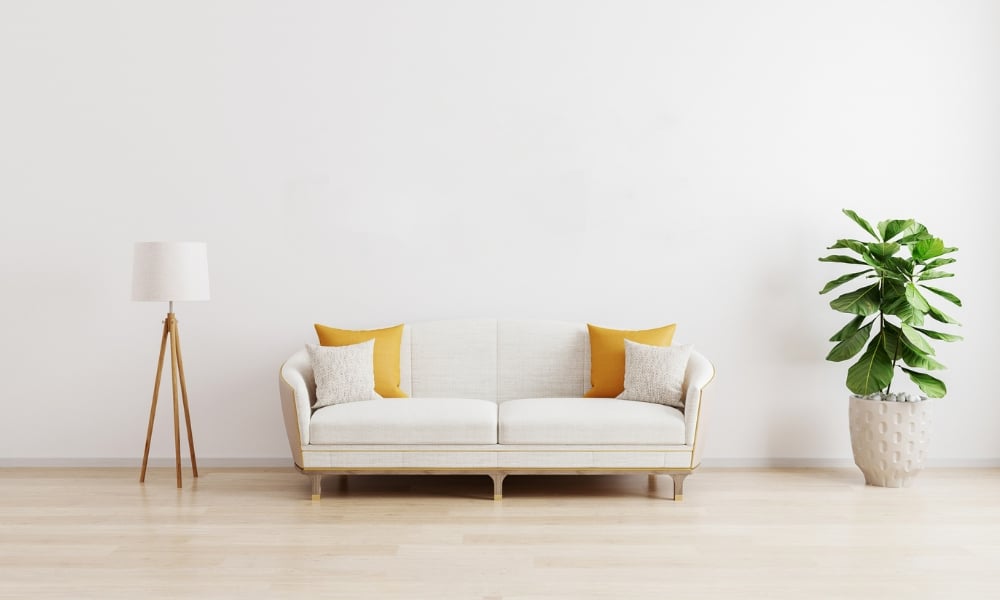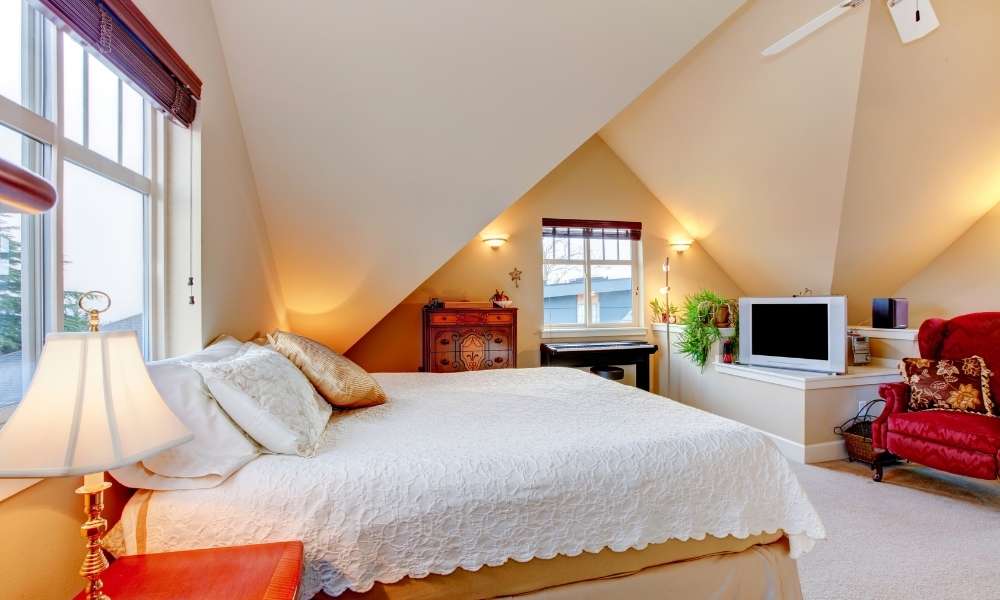Baby-proofing your home is a crucial step in ensuring your child’s safety as they begin to explore their environment. While many parents focus on securing cabinets, stairs, and sharp corners, one often overlooked hazard is the floor lamp. These seemingly harmless fixtures can pose significant risks to curious little ones. In this guide, we’ll walk you through the steps to effectively baby-proof your floor lamps, keeping your home safe and your mind at ease.
Understanding the Risks of Floor Lamps
Floor lamps, while functional and decorative, can be dangerous for babies and toddlers. The primary risks include toppling hazards, electrical dangers, and the potential for breakable components like glass shades to shatter. Babies, with their newfound mobility and curiosity, are likely to pull themselves up on objects or tug on cords, making unsecured Make A Floor Lamp Taller potential disaster waiting to happen.
Choosing the Right Floor Lamp
When selecting a floor lamp for a home with young children, consider a few key factors:
- Sturdy Base Considerations: Opt for lamps with a broad, heavy base that resists tipping.
- Height and Stability Factors: Taller lamps are more likely to topple. Choose shorter, more stable designs.
- Avoiding Sharp Edges and Fragile Materials: Lamps with sharp edges or made from fragile materials like thin glass should be avoided.
Placement of Floor Lamps
Strategic placement of floor lamps can significantly reduce risks:
- Safe Locations in the Home: Position lamps in corners or against walls where they are less likely to be knocked over.
- Avoiding High-Traffic Areas: Keep lamps out of areas where children frequently play or run.
- Keeping Lamps Away from Play Zones: Ensure that lamps are not within reach of playpens or other areas where babies spend a lot of time.
Securing Floor Lamps
There are several methods to secure floor lamps effectively:
- Using Furniture Anchors: Anchor the lamp to a nearby piece of furniture or directly to the wall.
- Attaching Lamps to the Wall: Use brackets or straps designed to secure the lamp to the wall.
- Weighted Bases and Anti-Tip Devices: Invest in lamps with built-in weighted bases or add external anti-tip devices.
Cord Management
Cords can be a major hazard if not properly managed:
- Concealing Cords Effectively: Use cord covers that stick to the wall or floor to keep cords hidden.
- Using Cord Covers and Clips: Secure cords with clips to prevent them from dangling within reach.
- Keeping Cords Out of Reach: Ensure that cords are tucked away and not accessible to your baby.
Using Lamp Shades and Bulbs
Choosing the right shades and bulbs can enhance safety:
- Shatterproof Bulbs: Use bulbs that are less likely to break if knocked over.
- Secure Lamp Shades: Ensure that lamp shades are tightly fastened and cannot be easily removed by a curious child.
- Avoiding Halogen Bulbs: Halogen bulbs get extremely hot and can cause burns. Use safer alternatives like LED bulbs.
Educating Family Members
Consistency is key to maintaining a safe environment:
- Importance of Consistent Practices: Ensure that all family members follow the same safety practices.
- Teaching Older Children Safety Tips: Educate older siblings about the importance of keeping the lamps secure and not playing near them.
Regular Safety Checks
Regular inspections help maintain safety:
- Routine Inspection Tips: Check the stability of lamps and the condition of cords regularly.
- Updating Safety Measures as the Child Grows: As your child grows and their abilities change, update your safety measures accordingly.
DIY Baby-Proofing Solutions
You don’t always need to spend a lot on baby-proofing:
- Creative and Cost-Effective Methods: Use household items like zip ties and duct tape to secure cords and lamps.
- Repurposing Household Items: Think creatively about using what you already have to enhance safety.
Professional Baby-Proofing Services
Sometimes, professional help can provide peace of mind:
- When to Consider Hiring a Professional: If you’re unsure about your baby-proofing efforts or have particularly challenging setups, consider professional services.
- Benefits of Expert Services: Professionals bring experience and can spot hazards you might miss.
Common Mistakes to Avoid
Avoid these pitfalls to ensure comprehensive safety:
- Overlooking Potential Hazards: Always consider all aspects of a lamp, including cords and bulbs.
- Relying Solely on One Method of Security: Use multiple methods to ensure maximum safety.
Additional Baby-Proofing Tips
Beyond floor lamps, there are other areas to consider:
- General Home Safety Tips: Baby-proofing is an ongoing process that involves securing all potential hazards.
- Other Household Items to Baby-Proof: Don’t forget about furniture, appliances, and other items that could pose risks.
Conclusion
Baby-proofing floor lamps is an essential part of creating a safe environment for your child. By choosing the right lamp, securing it properly, managing cords, and conducting regular safety checks, you can significantly reduce the risks. Remember, a combination of measures is the best approach to ensure your child’s safety.




